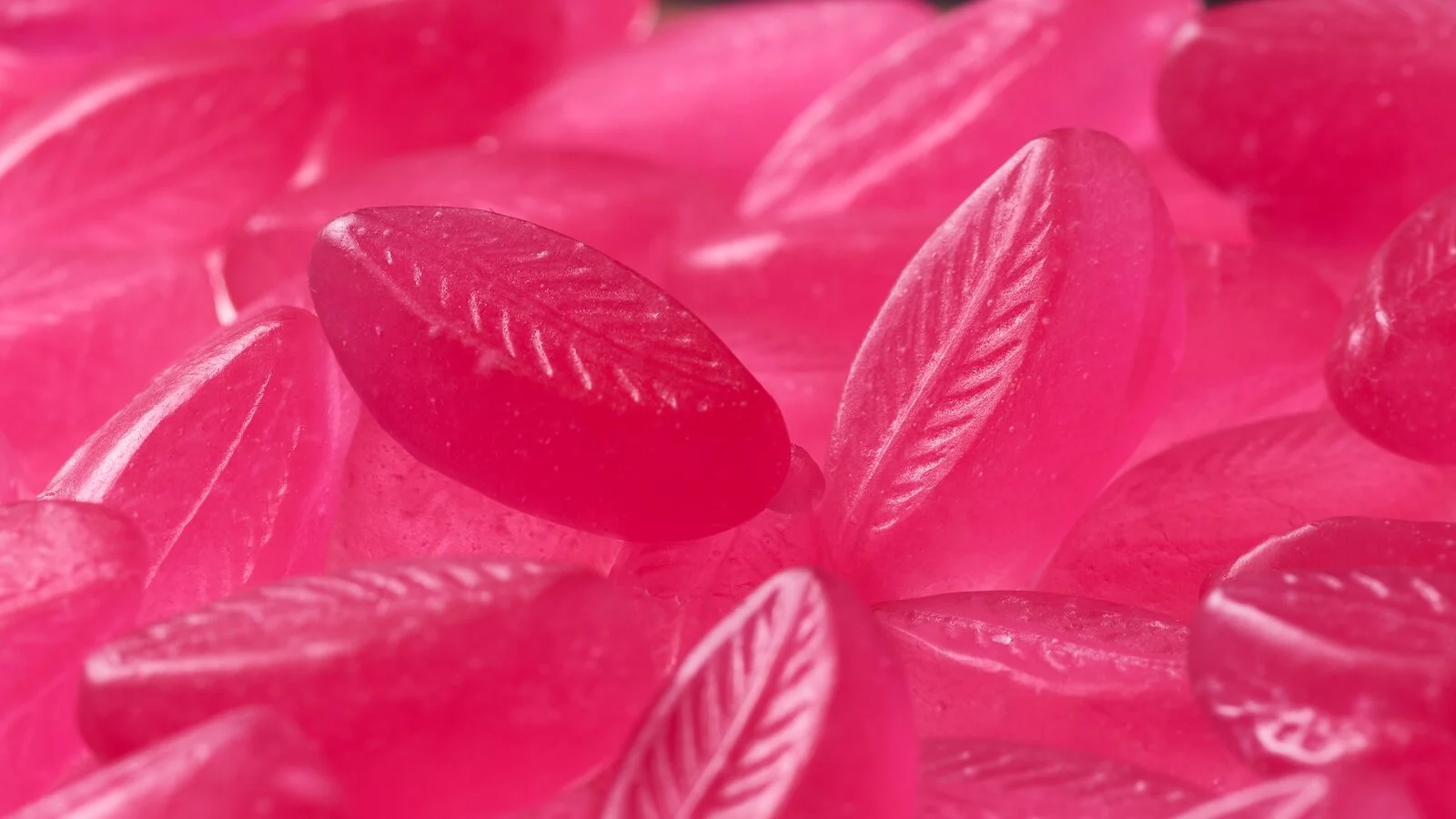Regulatory News | Oct 09. 2023 - 2:24PM
California Governor signs ‘Red 3’ Bill – What are next steps for Food & Beverage Manufacturers?
As of October 7th, 2023, The California Food Safey Act, prohibiting the use of Red 3 in food for human consumption in the state of California, has been signed into law.
Dina Dix
Regulatory Affairs Specialist in US
The bill originally included both Red 3 and titanium dioxide, but titanium dioxide was subsequently removed from the bill before passing the California legislature. In an article posted in FoodNavigator-USA.com, inclusion of titanium dioxide in the bill was a political hurdle, and removal eliminated significant opposition to the bill.
When and What “Food” is Included in the Bill?
The California Food Safety Act will prohibit anyone from manufacturing, selling, delivering, distributing, holding, or offering for sale, any product for human consumption that contains Red 3 after January 1, 2027. This implementation date was chosen to allow time for the industry to use current inventories as well as find, source, and implement replacements to the affected additives.
After January 1, 2027, Red 3 will not be permitted in food for human consumption in California, including both retail and restaurant foods. Foods not for human consumption, such as those sold as pet food, are not impacted by the ban.
Considering the complexities of distribution, supply chain, and manufacturing, it is unlikely that US food manufacturers, or global companies exporting processed foods to the United States, will maintain two different versions of their product to meet the needs for one US State. Rather, it means that food processors intending to sell processed foods on the US Market, will likely replace Red 3 with another color additive permitted in the US.
Are there replacements for Red 3 in Foods?
Red 3 has a “bright pink” shade, different than other certified dyes. Although unstable in low pH and susceptible to fading in light, its unique shade has made it desirable for many companies wanting bright pinks and purples for products like marshmallows, gummies, hard candies, cake decorations and frostings, and even cakes and cookies. Although not without challenges, the answer is a resounding “yes”! Replacements do exist, and especially those from natural sources.
What are the replacements for Red 3 in Food?
Carmine is the best Red 3 replacement in food given its similarity in shade and heat stability yet will provide improved light stability compared to Red 3. It can be used in a wide range of applications, and because it maintains a red shade at neutral pH, it is ideal for baked goods.
Beet juice concentrates will provide a bluish pink color. The pigment responsible for giving red beets such a beautiful color are called betacyanins. Beet is best for powdered beverages, panned confections, ice cream and other frozen desserts. It is not recommended for heat processed foods, or those with a high-water activity.
Anthocyanins are the coloring compounds commonly found in red and purple fruit and vegetable juices and are often used for coloring. They provide vibrant red and pink shades for acidic, low pH foods like hard candies, gummies, and many other types of confections. Anthocyanins from root vegetables like red and purple sweet potatoes are bake stable bluish pink/pink shades in those with a slightly acidic pH.
Oterra has a wide portfolio with many options to choose from, in both liquid and powder forms. We will strive to meet your needs and partner with you as you navigate this change in regulation. As a global company, we understand the complexity of global regulations, and can guide you to potential color solutions permitted in the US, and also in other countries if your product is sold in multiple markets. Replacing any ingredient can sometimes be challenging, but our highly knowledgeable application scientists have the skills to answer your questions and guide you on this new journey!
"As a global company, we understand the complexity of global regulations, and can guide you to potential color solutions permitted in the US, and also in other countries if your product is sold in multiple markets"
Lean on our expertise to replace Red 3 in your products. Whether you’re looking for clean label colors or considering converting to natural colors for the first time, we can help.
Submit your request in the form on the right and fill out the required information so make sure to find the right person to assist you.
Consider subscribing to our newsletter and LinkedIn
